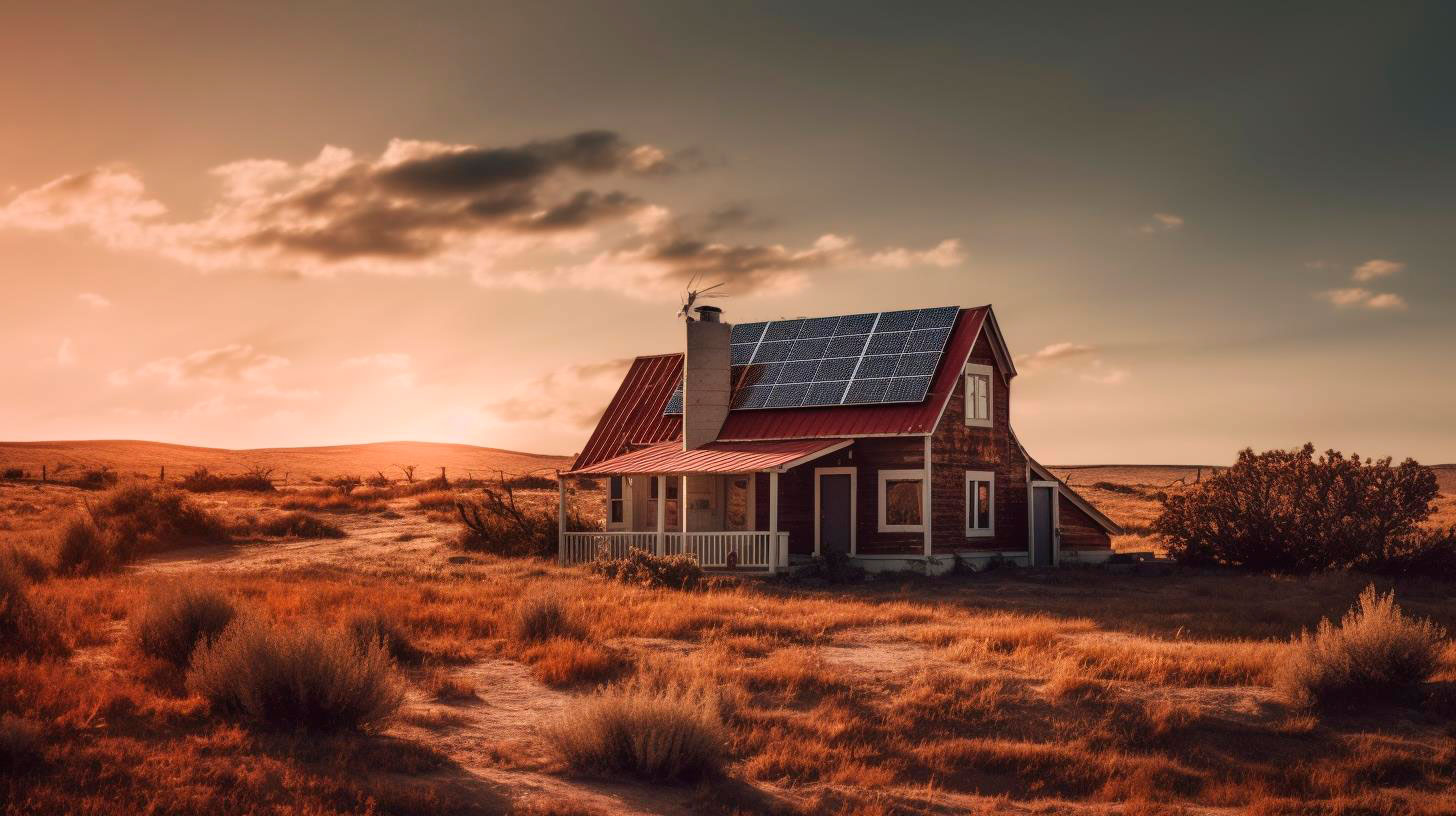Renewable Energy Sources as Sanctuary Enablers for Wildlife
As we strive towards a greener future, it is crucial to understand how renewable energy can coexist with and even benefit our precious wildlife.
Protecting Wildlife Through Renewable Energy
Building large-scale conventional power plants often involves clearing vast areas of land, which can disrupt natural habitats and lead to habitat fragmentation. On the other hand, renewable energy projects, such as wind and solar farms, can mitigate these negative impacts by occupying smaller land footprints and allowing wildlife to thrive in the surrounding areas. Here are some key ways in which renewable energy sources can protect and support wildlife:
- Habitat Preservation: Renewable energy projects minimize habitat destruction by utilizing previously disturbed lands, such as former industrial sites or degraded agricultural areas. This helps preserve undisturbed natural habitats for wildlife.
- Wildlife Corridors: Renewable energy projects can create wildlife corridors, connecting fragmented habitats and enabling the movement of animals. This allows for gene flow and essential for species survival.
- Reduced Noise Pollution: Unlike conventional energy sources, renewable energy technologies like wind turbines generate less noise pollution. This can have significant benefits for wildlife, particularly sensitive species like birds and bats who rely on their hearing for navigation and communication.
Success Stories and Data
The positive impact of renewable energy on wildlife can be seen in multiple success stories around the world. Let’s look at a few examples:
California’s Solar Energy Projects: A study conducted by the National Renewable Energy Laboratory found that utility-scale solar energy projects in California’s desert were attracting a diverse range of wildlife, including insects, birds, and small mammals. The solar panels created a habitat that provided shade and reduced environmental stressors.
Wind Energy and Bats: A study published in the journal Biological Conservation revealed that wind turbines in the United States did not significantly impact bat populations. Researchers found that while there were occasional fatalities, proper placement and operational adjustments can mitigate the risks and preserve bat populations.
These success stories are just a glimpse into the positive outcomes renewable energy can have on wildlife conservation efforts. It is essential to continue monitoring and implementing best practices to ensure the long-term sustainability of these projects.
Key Takeaways
As we strive to protect our planet and the diverse species it harbors, embracing renewable energy sources is crucial. Here are key takeaways to bear in mind:
- Renewable energy projects minimize habitat destruction.
- They can create wildlife corridors, enabling the movement of animals.
- Renewable energy technologies generate less noise pollution, benefiting sensitive species.
- Successful projects in California and wind energy installations demonstrate positive outcomes for wildlife.
By harnessing the potential of renewable energy sources, we can not only combat climate change but also create sanctuaries that enable wildlife to thrive. As individuals and communities, it is our responsibility to support and advocate for the development of renewable energy projects that prioritize both environmental sustainability and wildlife conservation.
References:
- California’s Solar Electric Generating Stations – Energy.ca.gov
- Small-scale wind turbine effects on bat activity in a forest landscape – ScienceDirect
